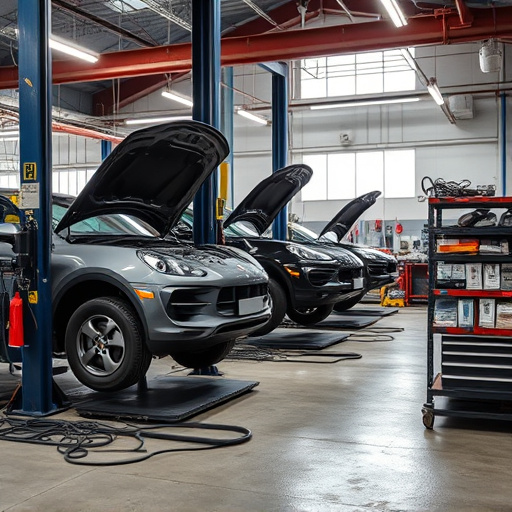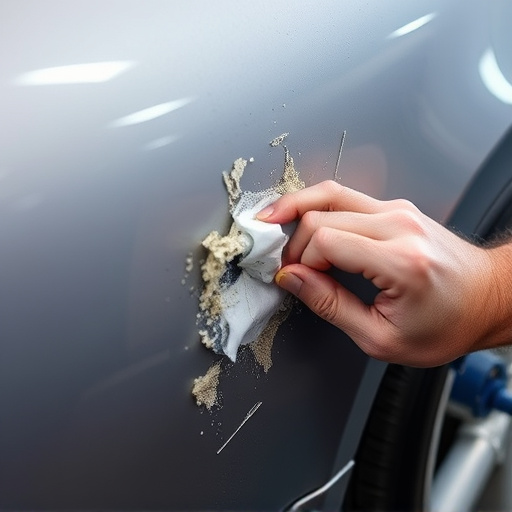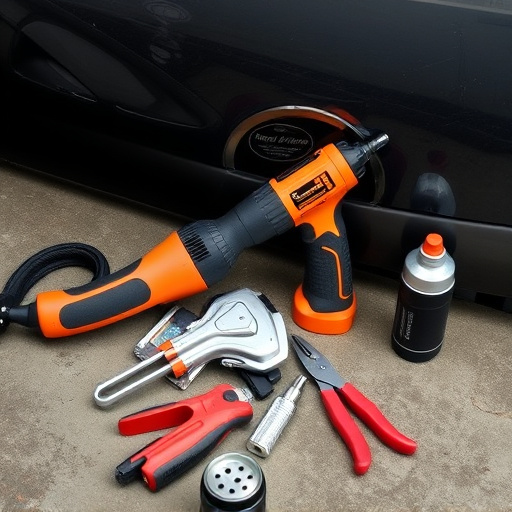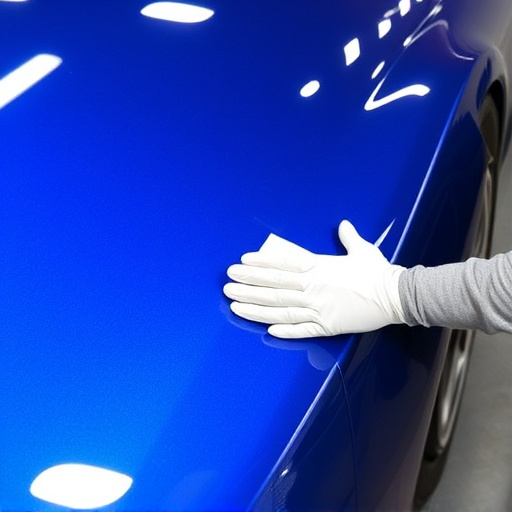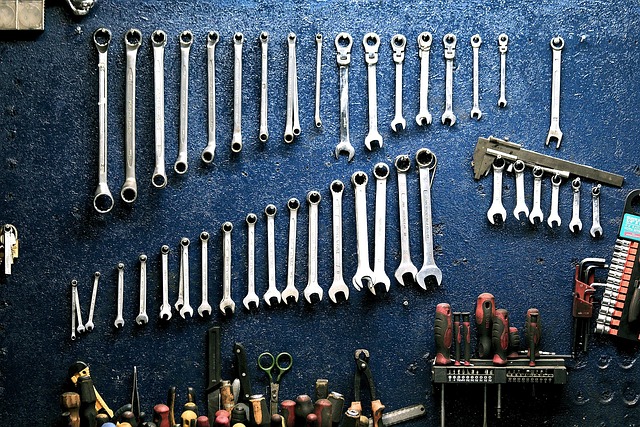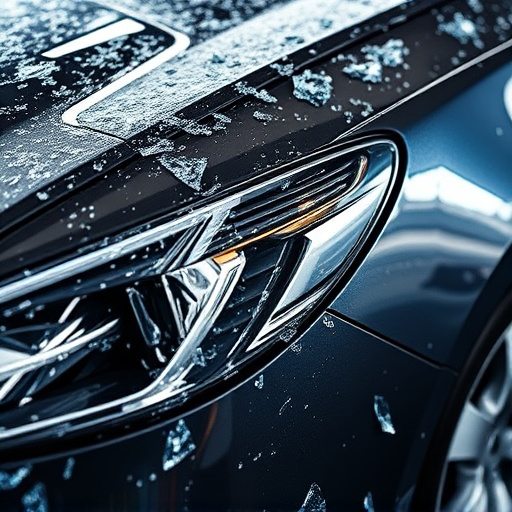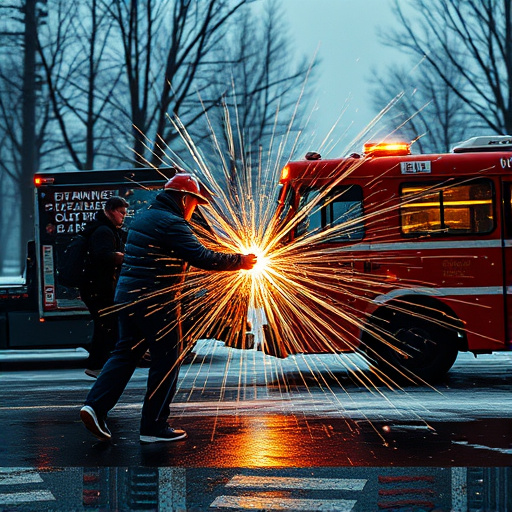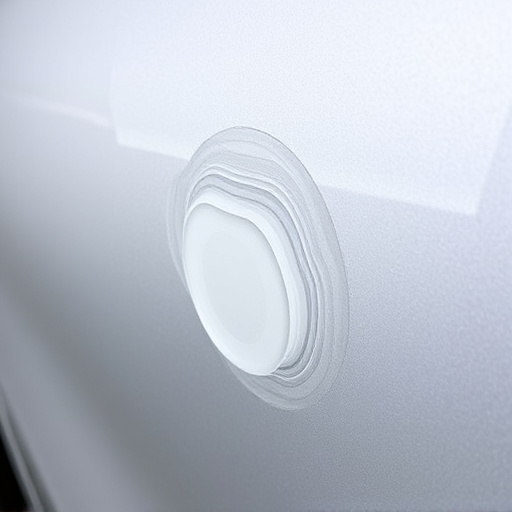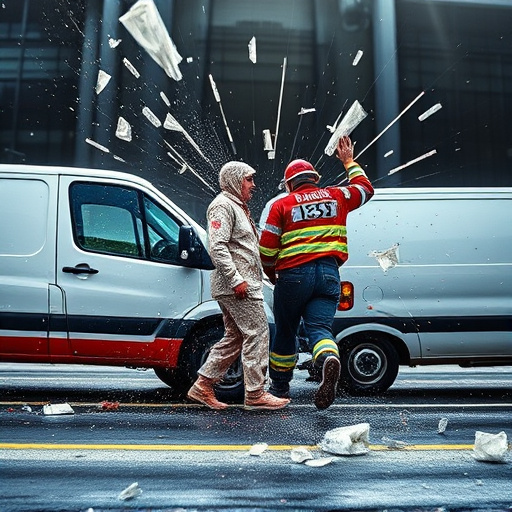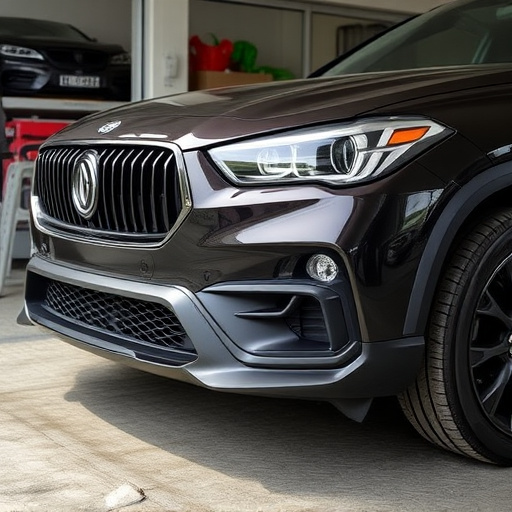After a collision, a comprehensive brake system inspection is crucial for safety and accident prevention. Experts check visual damage, perform performance tests, and address issues like reduced braking power, unusual noises, or compromised fluid levels to ensure optimal braking effectiveness and vehicle security. This meticulous process includes assessing all key components, aligning calipers, master cylinders, and wheel cylinders, and may involve auto painting and fender repair.
After a collision, a thorough brake system inspection is crucial for safety. This guide walks you through identifying potential issues post-accident. We’ll break down the essential components of your brake system and provide a checklist for evaluating their condition. By understanding common malfunctions, you can ensure optimal performance and peace of mind on the road. Learn to navigate this process effectively and make informed decisions regarding your vehicle’s safety.
- Understanding Brake System Components
- Post-Collision Inspection Checklist
- Identifying Common Brake Malfunctions
Understanding Brake System Components

The brake system is a complex network of components working together to enable safe stopping and control of your vehicle. Understanding these parts is crucial when spotting potential issues, especially after a collision. Key elements include the brakes themselves, which can be disc or drum-based, along with the master cylinder that generates braking force, and the calipers or wheel cylinders that apply pressure to the brake pads or shoes against the rotors or drums. A comprehensive brake system inspection involves checking for wear and tear on these parts—pads, rotors, calipers, and fluid levels—as well as any signs of damage from a collision.
Regular maintenance and timely repairs are vital to ensure optimal braking performance. After a collision, even minor ones, it’s essential to have your vehicle inspected by a professional auto mechanic or car body shop. They can assess if there are any hidden issues with the brake system, such as compromised structural integrity of the car body that might affect braking effectiveness. Moreover, services like auto painting and car body repair may be necessary to restore not just the exterior but also the critical internal components of your vehicle’s brake system.
Post-Collision Inspection Checklist
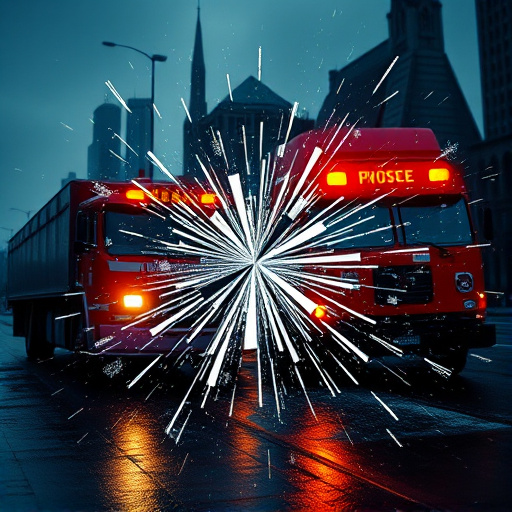
After any collision, a thorough brake system inspection is crucial to ensure safety and prevent future accidents. Here’s what your post-collision checklist should include:
1. Visual Inspection: Look for any visible damage or leaks in the brake lines, calipers, and pads. Check if the brake lights are functioning properly. Observe the overall condition of the brakes, including any signs of wear or corrosion.
2. Performance Testing: Test the braking power by gradually applying pressure on each brake pedal. Ensure they engage evenly and respond swiftly. Verify that the vehicle stops smoothly and without pulling to one side. Additionally, check for unusual noises during braking, as these could indicate issues with rotors, pads, or the master cylinder. A skilled technician might also perform a brake fluid test to assess its level and condition, especially if the vehicle has been immersed in water after the collision.
Identifying Common Brake Malfunctions
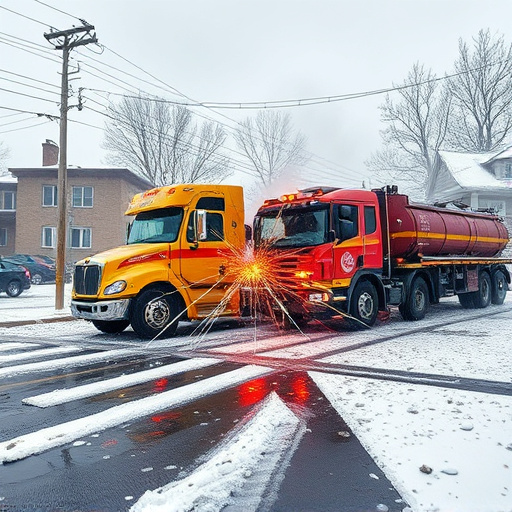
When it comes to identifying potential issues with your vehicle’s brake system following a collision, a thorough inspection is key. Common malfunctions can include impaired braking power, pulsing or vibration during application, and unusual noises such as squealing or grinding. These symptoms often point to problems like worn brake pads, damaged rotors, or compromised hydraulic fluid levels—all of which are critical for safe stopping capabilities.
A collision repair expert will perform a detailed brake system inspection, checking each component for signs of wear, damage, or leakage. They’ll also assess the condition of the calipers, master cylinder, and wheel cylinders, as well as verify proper alignment of the brakes to ensure optimal performance. This meticulous process is crucial not only for safety but also for preventing further damage, especially when it comes to intricate auto painting and fender repair tasks that may be required following a collision.
Performing a thorough brake system inspection after a collision is crucial for ensuring safety and preventing future issues. By understanding the various components and common malfunctions, you can effectively navigate the post-collision checklist. Regular maintenance and prompt addressing of any problems will help keep your vehicle’s braking system reliable, enabling you to confidently navigate the road ahead with peace of mind.
